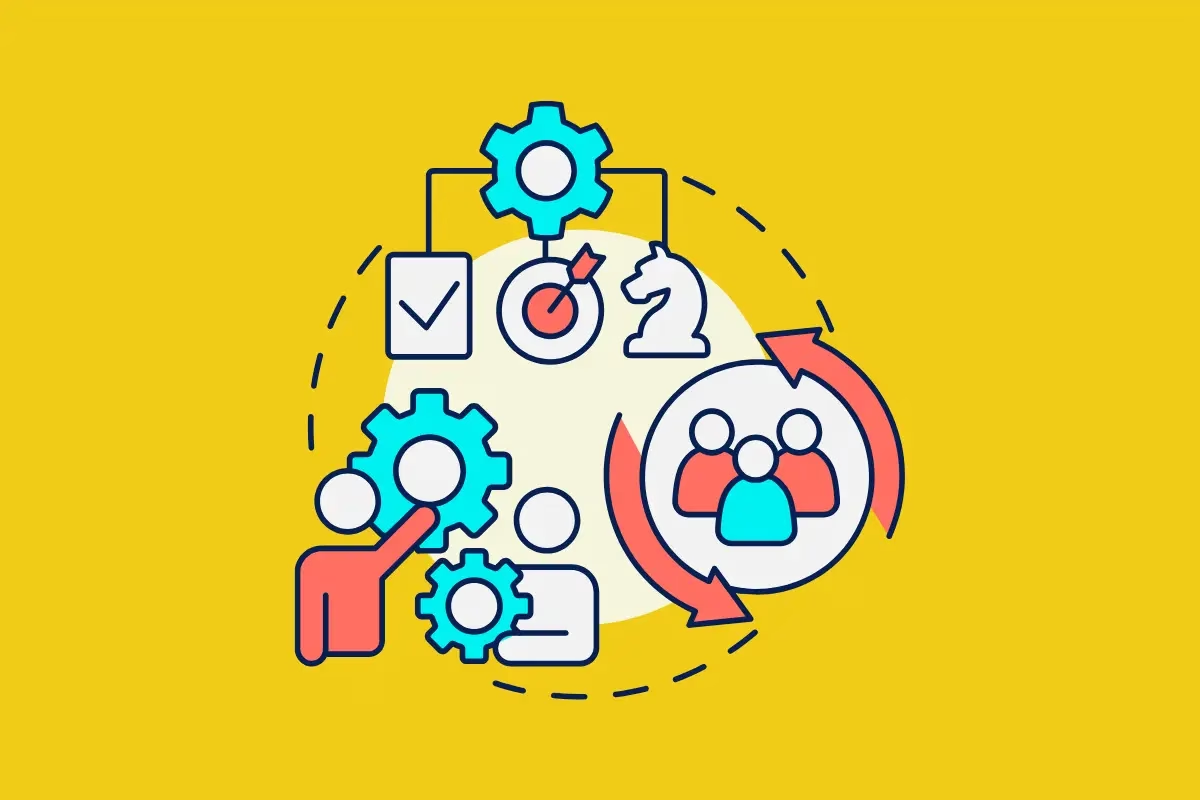
When it comes to digital transformations, SharePoint adoption often involves significant investments in tools and technology. However, one critical area that frequently receives less attention is training and change management.
This oversight can be particularly evident with platforms like SharePoint and its integrations with Microsoft 365 apps such as Teams and OneDrive. These tools offer incredible potential to streamline workflows, improve collaboration, and boost productivity. However, without proper training and user adoption strategies, these benefits are rarely fully realised.
The Cost of Skipping Training and Change Management
As a SharePoint consultant with over 15 years of experience, I’ve observed this trend time and time again. Organisations often underestimate the importance of equipping their teams with the knowledge and skills to use these tools effectively. A new information architecture may be meticulously designed, and integrations with Microsoft apps may work flawlessly, but the adoption rates remain low. Why? Because users simply don’t know what tools to use when or how to make the most of them.
This lack of training leads to:
- Low adoption rates: Users stick to familiar tools or processes, avoiding the new solution altogether.
- Inefficiencies: Employees spend more time figuring out how to use tools than getting their work done.
- Missed opportunities: Without understanding SharePoint’s potential, end users cannot create their own solutions or suggest improvements that align with organisational goals.
Empowering Users Through Training
One of the most striking patterns I’ve seen is how empowering end users with knowledge leads to transformative results. When users understand how to leverage SharePoint’s out-of-the-box features and its integrations, they become capable of:
- Automating repetitive tasks.
- Organising and accessing documents more effectively.
- Collaborating seamlessly with colleagues, whether they’re in the same office or across the globe.
When organisations invest in training, users often come up with creative, practical solutions that weren’t even on the initial project roadmap. This kind of empowerment doesn’t just improve productivity; it fosters a culture of innovation and continuous improvement.
Must-Have Steps for End User Adoption
To ensure successful adoption of SharePoint and its related tools, consider incorporating the following steps into your training and change management strategy:
1. Assess User Needs
Start by understanding your audience. Identify knowledge gaps and pain points in their current workflows. Tailor your training materials to address these specific areas.
2. Create a Change Management Plan
Map out a structured approach to introduce SharePoint, focusing on communication and user involvement from the start. Highlight the “what” and “why” of the change to gain buy-in.
3. Provide Role-Based Training
Not all users need the same level of training. Segment training sessions by roles, such as admins, power users, and general users, ensuring content relevance.
4. Demonstrate Real-World Use Cases
Show how SharePoint integrates with Teams, OneDrive, and other tools to solve common business challenges. Provide examples of workflows, document management, and collaboration scenarios that resonate with their daily tasks.
5. Offer Continuous Learning Opportunities
Adoption isn’t a one-time event. Provide ongoing resources like video tutorials, help guides, and Q&A sessions. Consider creating a community of practice where users can share tips and solutions.
6. Gather Feedback and Iterate
After deployment, collect user feedback to identify pain points and areas for improvement. Use this feedback to refine training materials and address gaps proactively.
7. Celebrate Wins
Showcase success stories where users have leveraged SharePoint to improve workflows or solve problems. Recognising these achievements reinforces positive behavior and inspires others to engage with the platform.
Let’s Simplify SharePoint Adoption
The more users know about SharePoint—how it works, how it integrates with other Microsoft 365 tools, and how it can solve their specific challenges—the more they’ll embrace it. Training and change management are not just nice-to-haves; they are essential investments for any organisation aiming to realise the full potential of their digital transformation initiatives.
Let’s simplify SharePoint adoption by putting end users at the center of the process. Because when users are empowered, they don’t just adopt new tools—they thrive with them.



